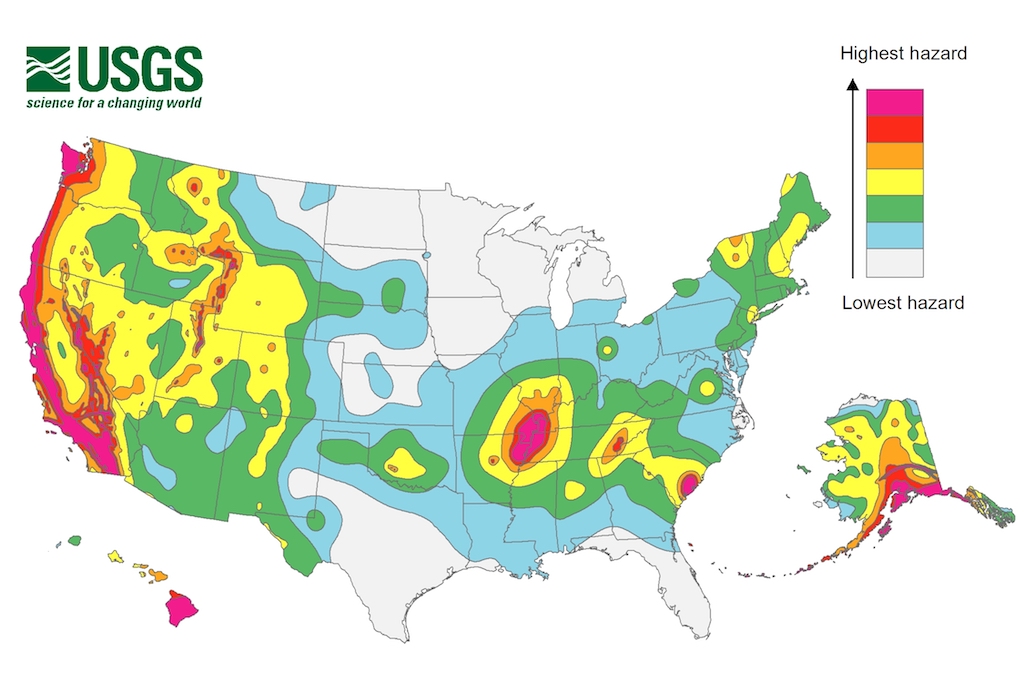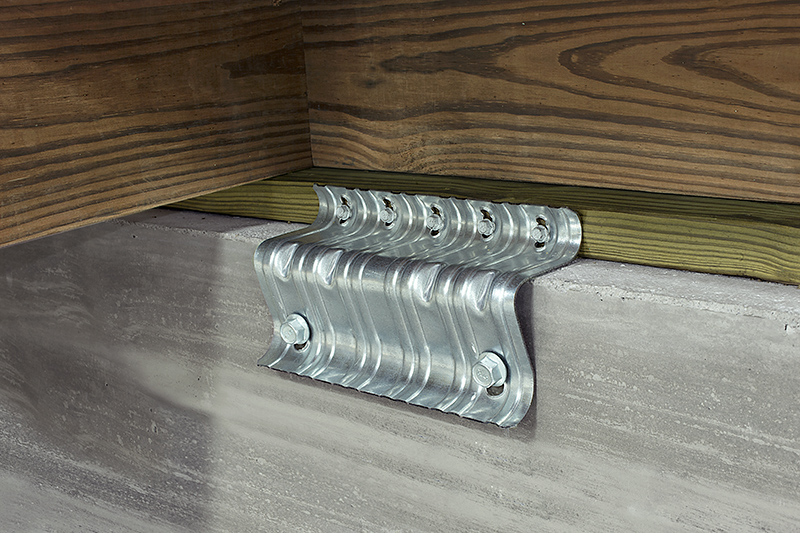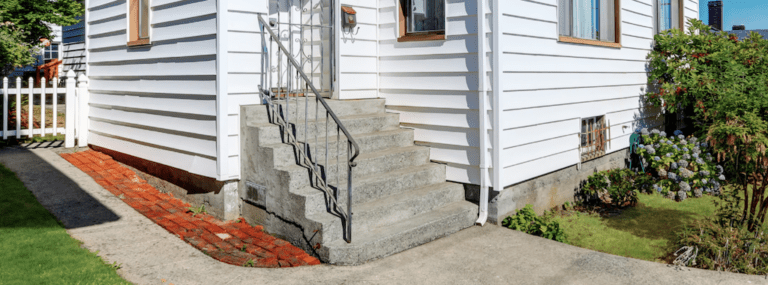- Get Seismic Smart
Knowing how seismic forces affect your home will help you make your home safer and more secure. There are two ways an earthquake can affect your home:
- Lateral (or shear) forces — horizontal forces that result in back-and-forth (side-to-side) movement, also known as racking. Lateral forces can shake the house and weaken its frame and cause it to slide off the foundation.
- Uplift forces — vertical forces that result in up-and-down movement. Uplift forces can cause the house to overturn and lift off the foundation.
- Create a Path
A continuous load path, that is. A continuous load path is a method of construction that ties your house together from the roof to the foundation using a system of framing materials, metal connectors (or “brackets”), fasteners (like nails and screws) and reinforced walls called shearwalls (or “shear walls”). This system connects and strengthens the structural frame of the house. If your home is built with a continuous load path, it will be better equipped to resist the forces of an earthquake by transferring these forces from the frame of the house to the foundation.
- Know Your Zone
Certain geographic areas are more prone to earthquakes than others; your house may be in a seismic zone and you may not know it. The best way to find out if you live in a seismic area is to call your local building department and ask if you live in a region of moderate or high seismic risk. You also can visit the U.S. Geological Survey website and review its seismic hazard maps.

- Be Ready to Retrofit
Many existing homes were constructed prior to new earthquake-resistant building code requirements. If your home was built before 1985, it’s most likely in need of a seismic retrofit. A retrofit adds bracing and reinforcement to strengthen the critical connections within a home; bolting the home to its foundation is a key first step. A home that has been retrofitted is able to resist greater earthquake forces and has a lower risk of being damaged.

- Tips on Retrofitting Your Home
Before starting a seismic retrofit project, you’ll need to inspect and evaluate the structural integrity of your home. Hiring a professional will help ensure that the retrofit is done right. There are seismic improvements that you can make on your own to strengthen your home; others, however, will more likely require an engineer and a contractor. Knowing what is needed from the beginning will set you on the right course to a safer, stronger home. We provide a free step-by-step seismic retrofit guide. Remember, when hiring a retrofit specialist, to make sure they are licensed and have a good reputation. Check with your local municipality to see if they provide retrofit grants (for example, California’s Earthquake Brace and Bolt program provides up to $3000 for qualified homeowners).


